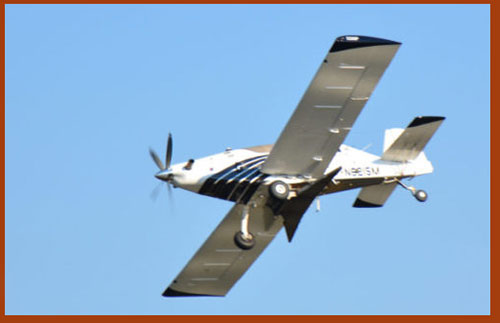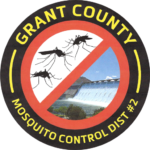PUBLIC NOTICE
Grant County Mosquito Control District #2 (GCMCD #2) is announcing the beginning of the spray application season. The district will be utilizing multiple insecticides for 2023. These include Vectobac GS, FOURSTAR CRG, Altosid WSP, Natular DT, Natular XRT, Natular G30, WISDOM TC, and DUET. The active ingredients of these insecticides are Bacillus thuringiensis israelensis, Methoprene, Spinosad, Bifenthrin, Prallethrin, Sumithrin, and Piperonyl Butoxide. Spray applications will begin in April and continue through September 2023, all of which are weather dependent. Treatment locations will be within the mosquito control district boundary which can be found on our website www.gcmcd2.org. More information about the insecticides planned for use can be found at www.clarke.com, www.valentbiosciences.com and www.amvac-chemical.com. The Washington State Department of Ecology Aquatic Pesticides Permit Specialist is Chelsea Morris and can be reached at (360) 407-6283. The NPDES Permittee is Zachary Florenzen, the Field Supervisor GCMCD #2. (253)370-1908, PO Box 8 Electric City, WA 99123.
Our Integrated Mosquito Management Program
Grant County Mosquito Control District #2 employs a systematic method of control for mosquitoes. This method is Integrated Mosquito Management and its components are as follows Field Surveillance, Larvicide Treatment and Adulticide Treatment.

Mosquito control starts in the swamps, marshes, seepage ponds, and any other area that holds shallow stagnant water. Read more about this on the information page.

There is an abundance of mosquito progeny habitat along Banks Lake and several other manmade or natural water bodies in the district. Read more about this on the information page.

While the primary objective at the District is to eliminate mosquito populations in their larval stage. Read more about this on the information page.

Grant County Mosquito Control District No 2 was formed in 1968 to provide mosquito control services and related testing throughout the northeast section of Grant County. It is governed by an appointed five-member Board of Trustees. The district has two part-time employees and operates on an annual budget of approximately $200,000.

The District’s mosquito surveillance and monitoring activities perform the following functions:
- Locate mosquito-breeding areas.
- Identify mosquito species present.
- Helps the staff to access mosquito population numbers and their flight activities.
- Helps determine how effective our mosquito control activities are.

The District identifies and initiates activities to reduce the amount of mosquito breeding habitats when feasible and within governing regulations.
These activities include draining areas of shallow stagnate water, elimination of water holding containers and the reduction and/or elimination of vegetation/trash in slack/stagnant water which support mosquito breeding areas.
Most of these activities can be achieved through cooperative agreements with property owners, other government/private agencies, political subdivisions and through public education.

Prevention activities are the primary method we employ to kill immature non-flying and non-biting mosquitoes in their water habitats and to reduce or modify mosquito-breeding habitats.
Mosquito Larvicide applications are given top priority since this type of control is more selective and effective in reducing mosquito populations.
This type of mosquito control measure requires considerable personnel, equipment, materials, planning, mosquito surveillance work and expense.
However, these types of applications offer the best long-term control for mosquitoes.







